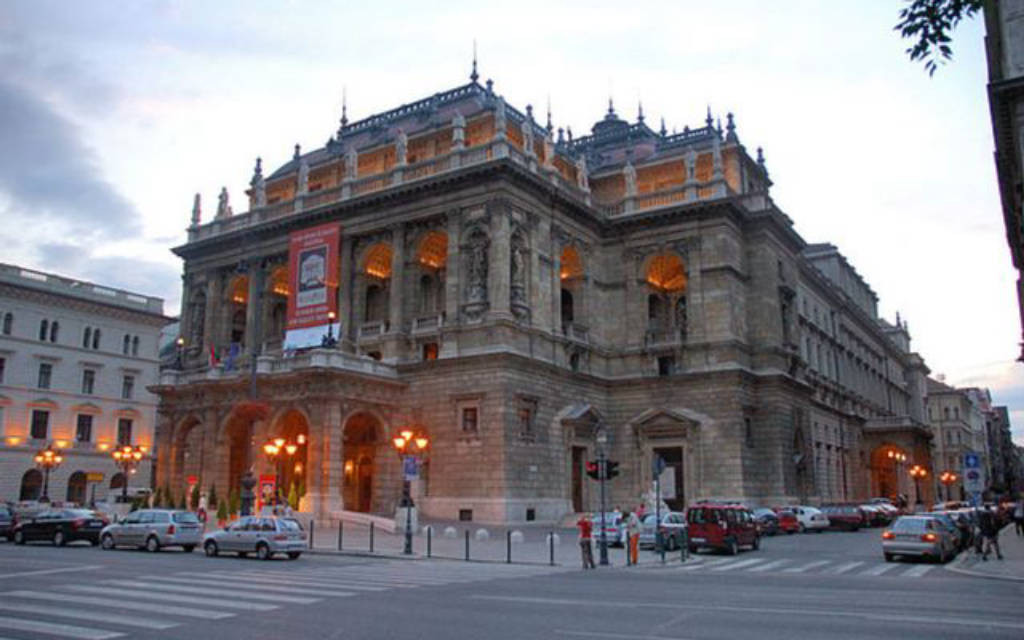The Hungarian State Opera House is a neo-Renaissance opera house located in central Budapest, on Andrássy út.
The State Opera House in Budapest, Hungary, stands as a masterpiece of neorenaissance architecture and a testament to the city's cultural richness. Completed in 1884, the opera house was designed by renowned Hungarian architect Miklós Ybl, whose vision combined elegance and opulence to create a venue that would not only host performances but also reflect the grandeur of the arts.
The façade of the Budapest Opera House is a captivating display of statues, columns, and intricate details, drawing inspiration from diverse architectural styles, including Baroque and Renaissance influences. The iconic horseshoe-shaped auditorium is adorned with lavish decorations, intricate frescoes, and a breathtaking ceiling painted by Károly Lotz, depicting scenes from Greek mythology.
Throughout its history, the State Opera House has been a cultural beacon, hosting world-class performances that span opera, ballet, and classical concerts. Its stage has welcomed legendary artists, and its acoustics are renowned for providing an unparalleled auditory experience. The Opera House has been a witness to the changing tides of Hungarian history, surviving both World Wars and political transitions, remaining a symbol of cultural continuity and resilience.
Guided tours allow visitors to explore the opulent interiors, providing a glimpse into the building's history and the intricacies of its architecture. The horseshoe-shaped staircase, the royal box, and the grand chandelier are among the highlights that transport visitors to a bygone era of glamour and artistic excellence.
In recent years, the State Opera House has undergone renovations to preserve its historical charm while incorporating modern amenities. This effort ensures that future generations can continue to appreciate the cultural heritage embodied by this iconic institution, making the Budapest State Opera House not only a venue for world-class performances but also a living testament to Hungary's enduring love for the arts.
 Register
RegisterSign in Travel Agent
Sign in Supplier
Sign in Affiliate
Sign in Guru



 Budapest, Andrássy út 22, 1061 Hungary
Budapest, Andrássy út 22, 1061 Hungary